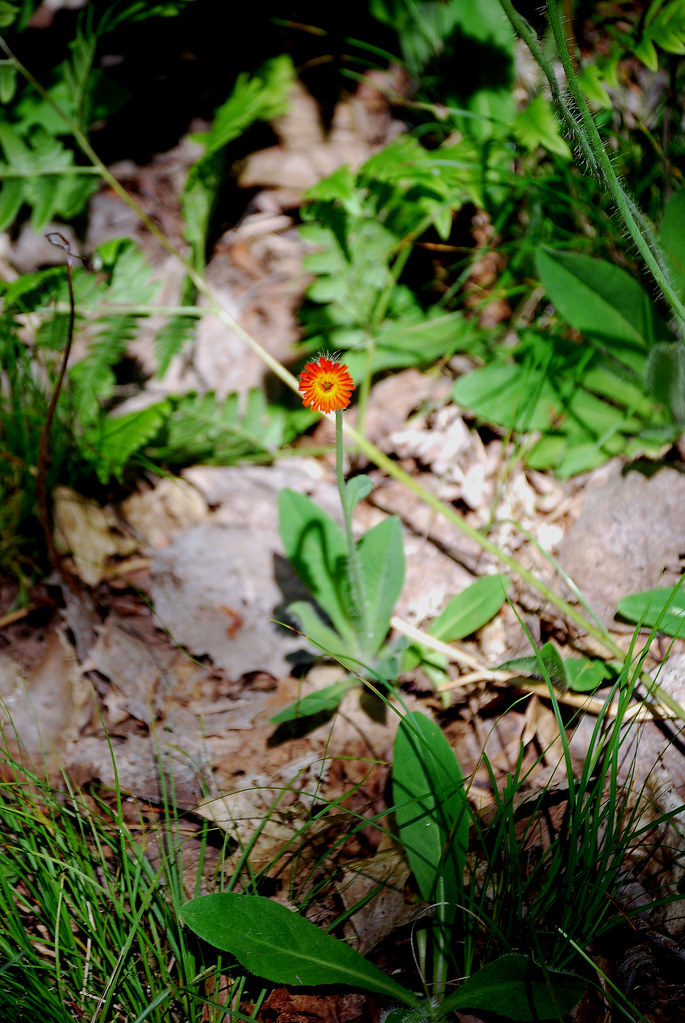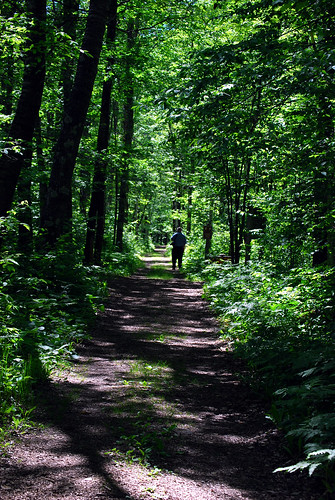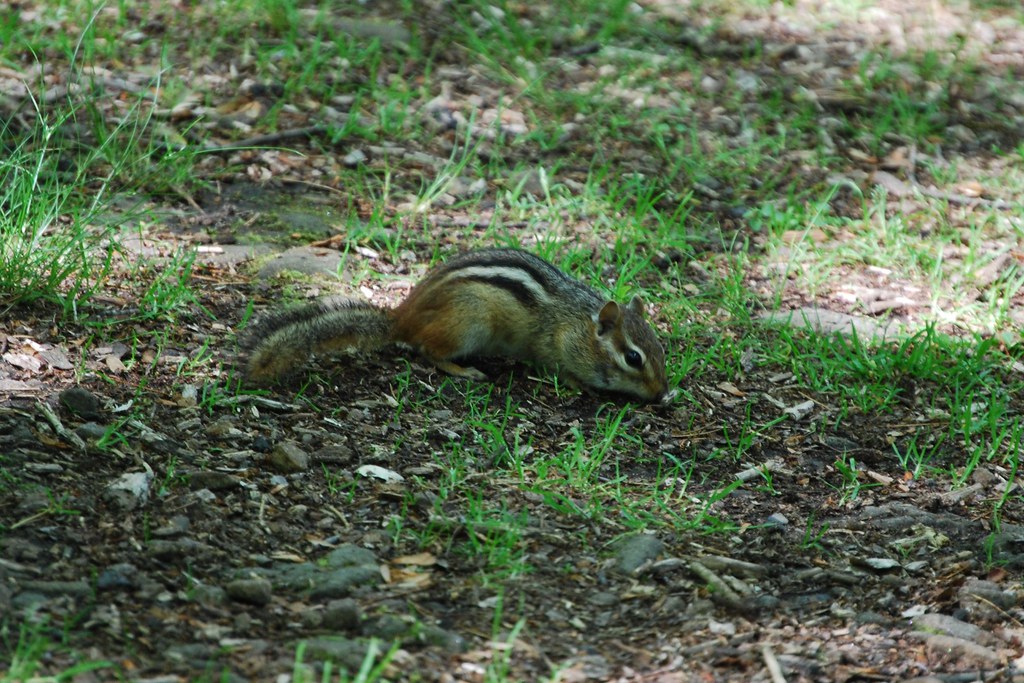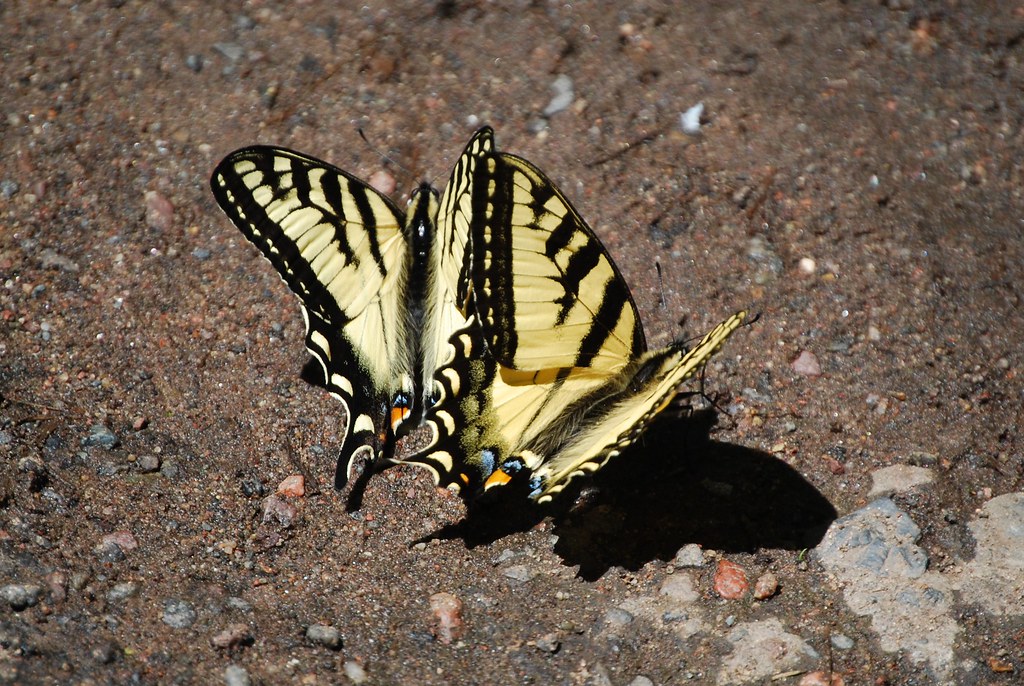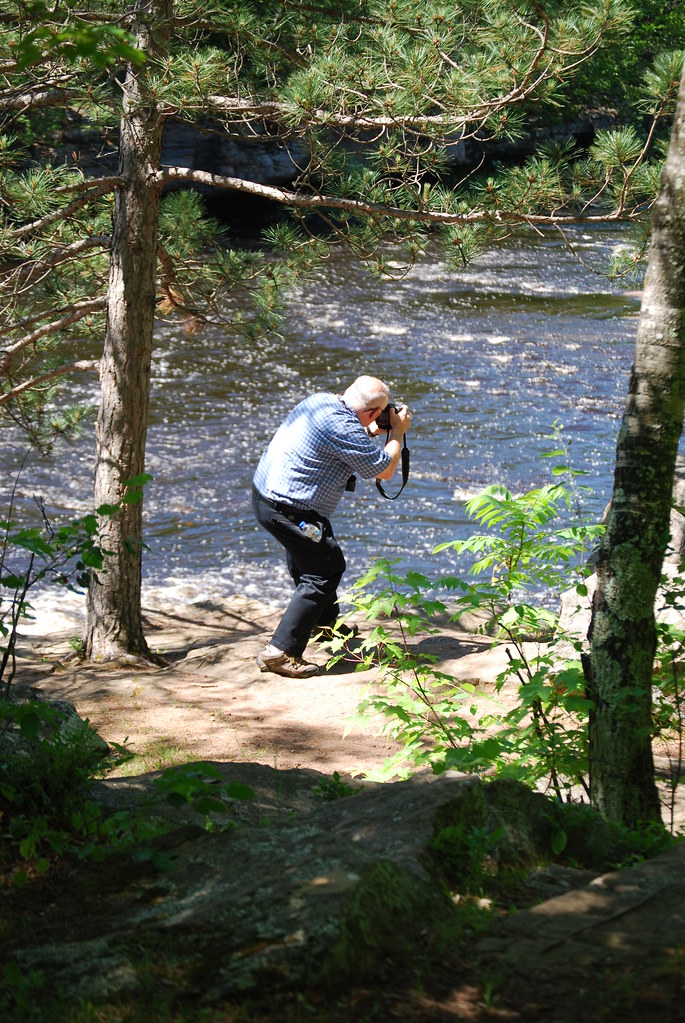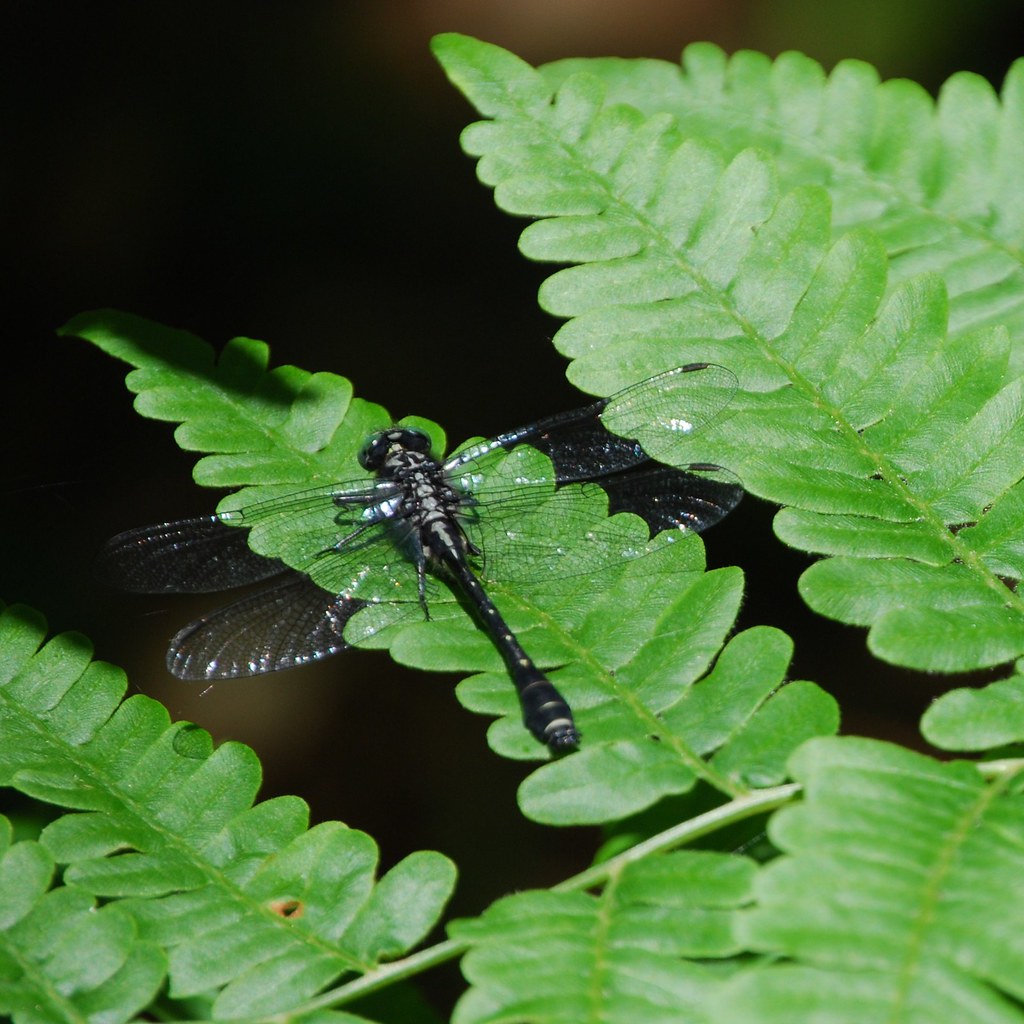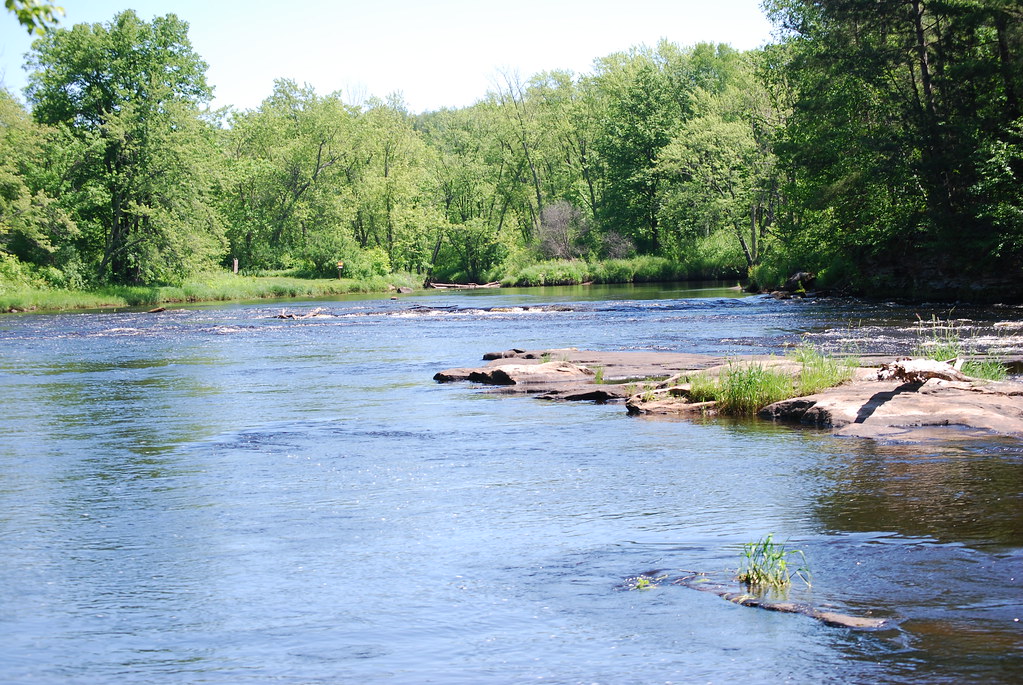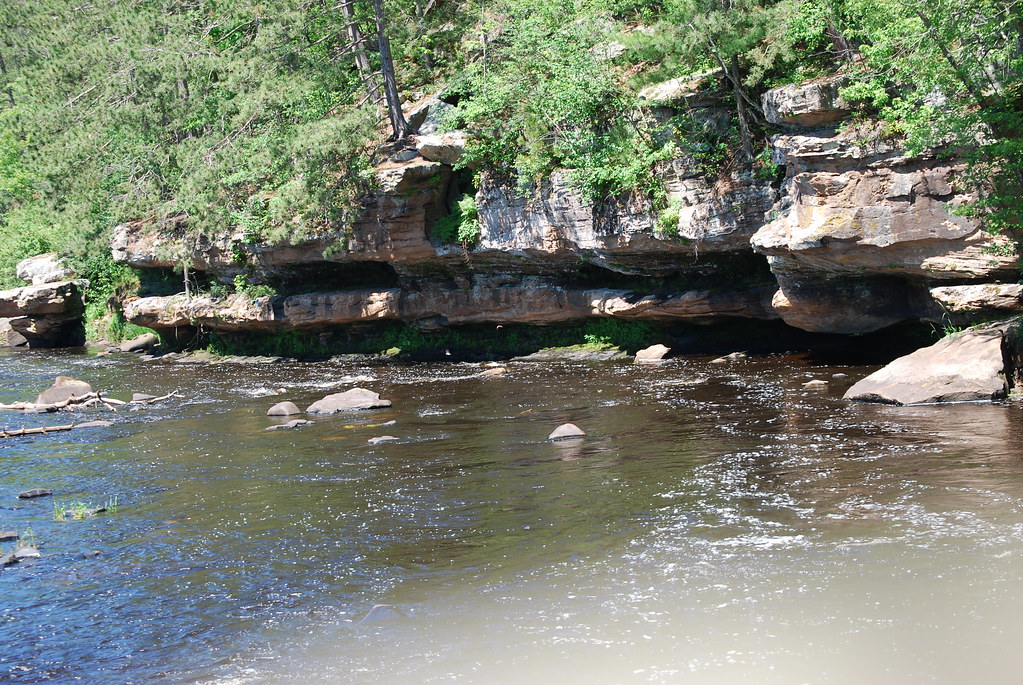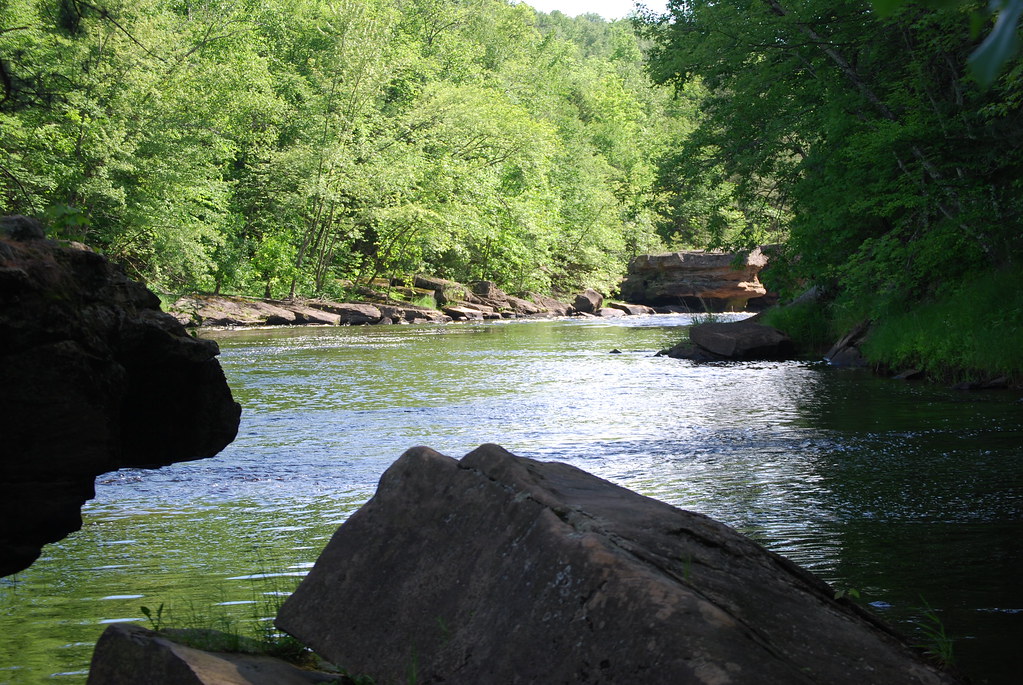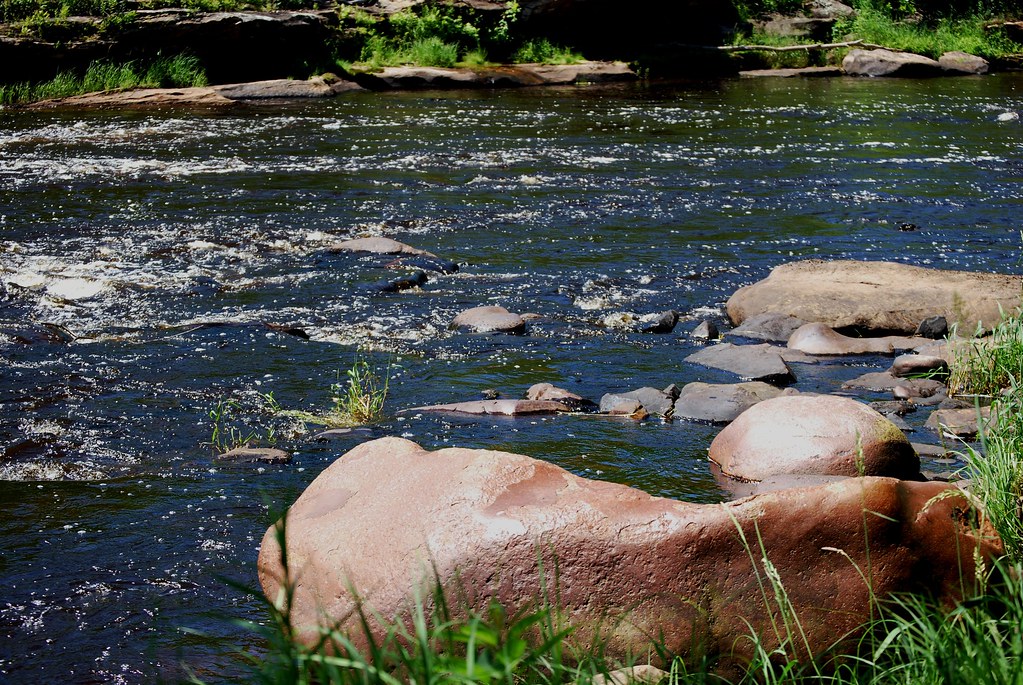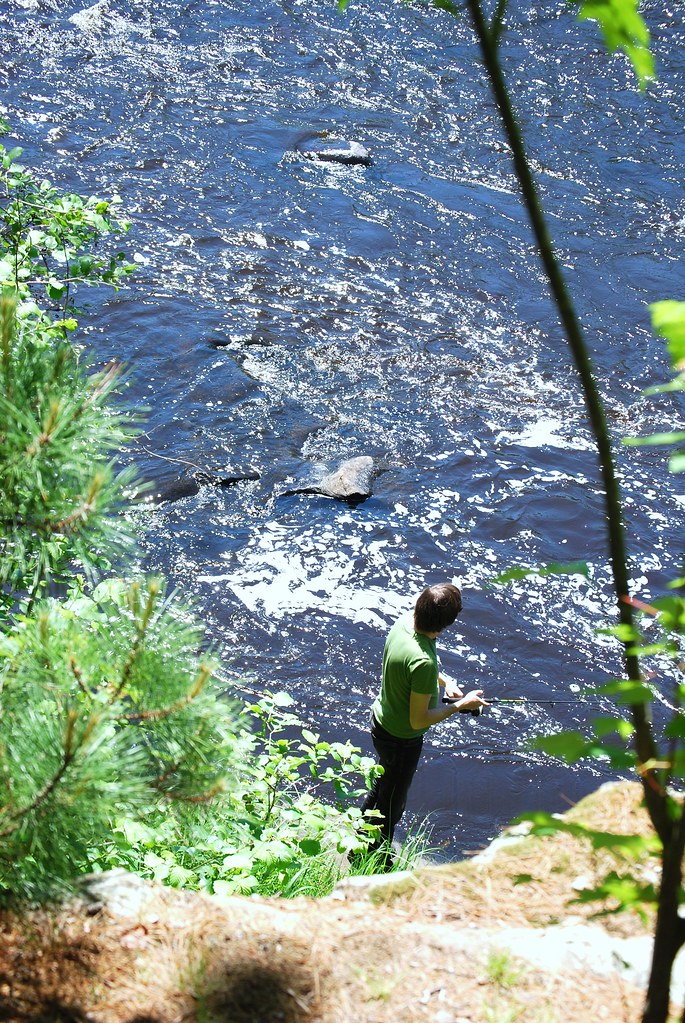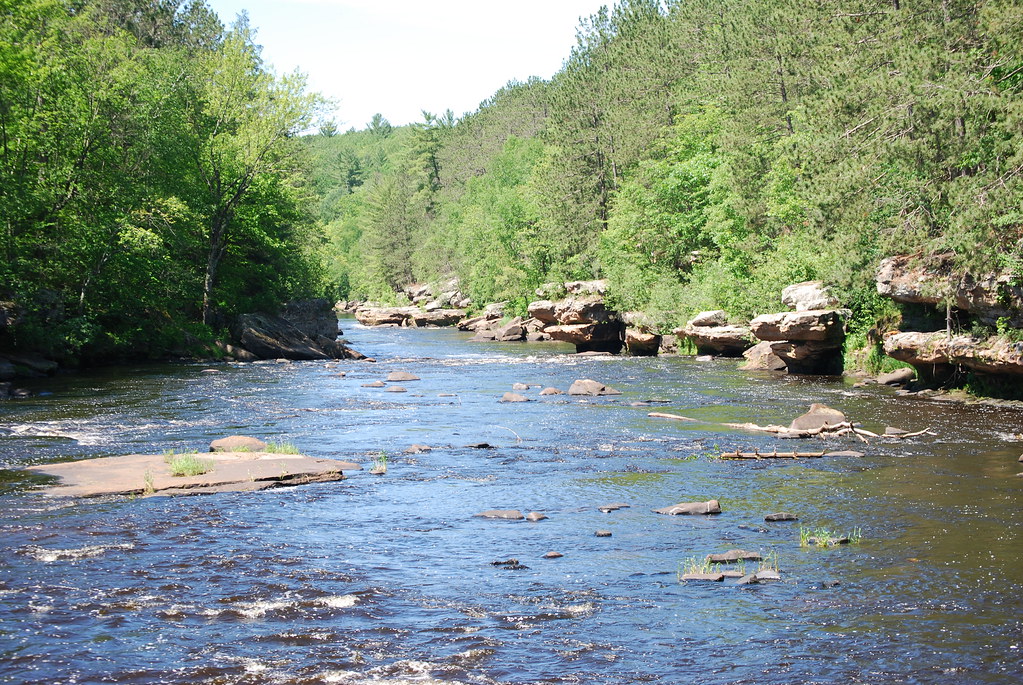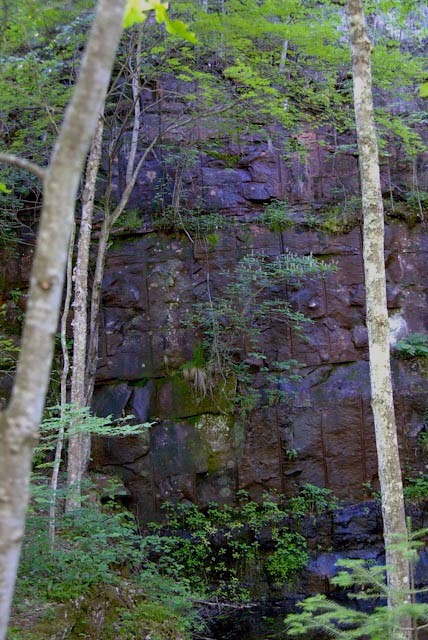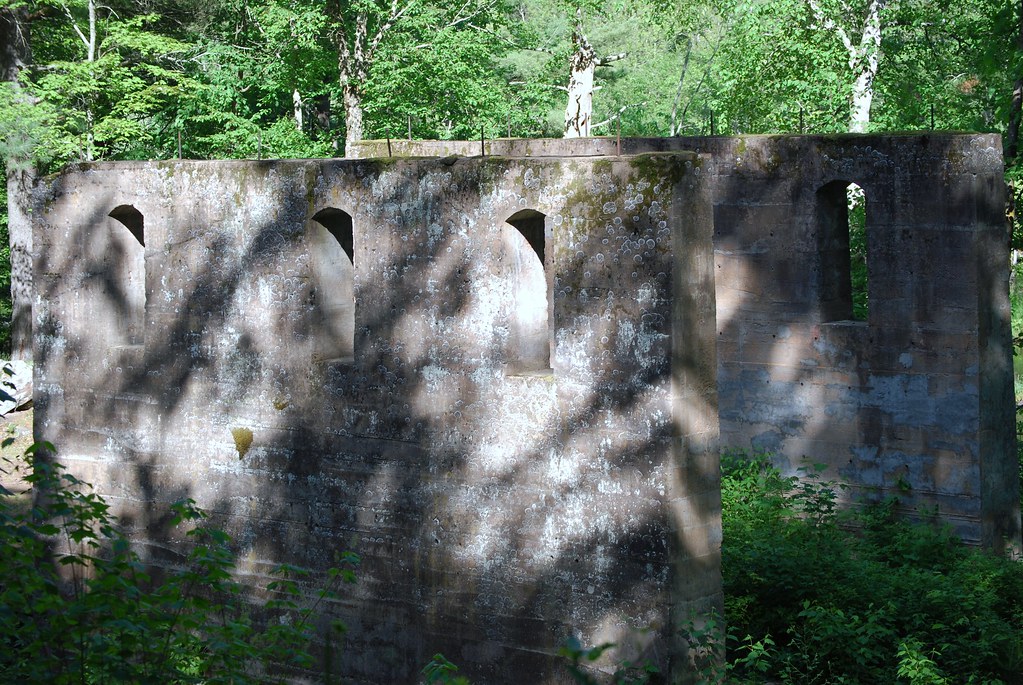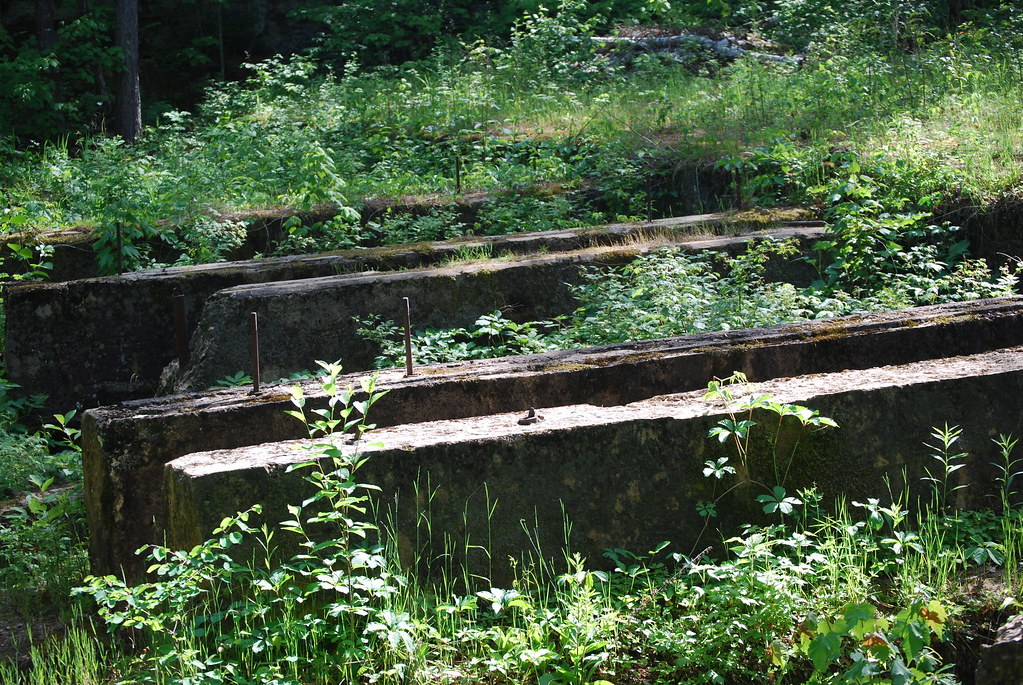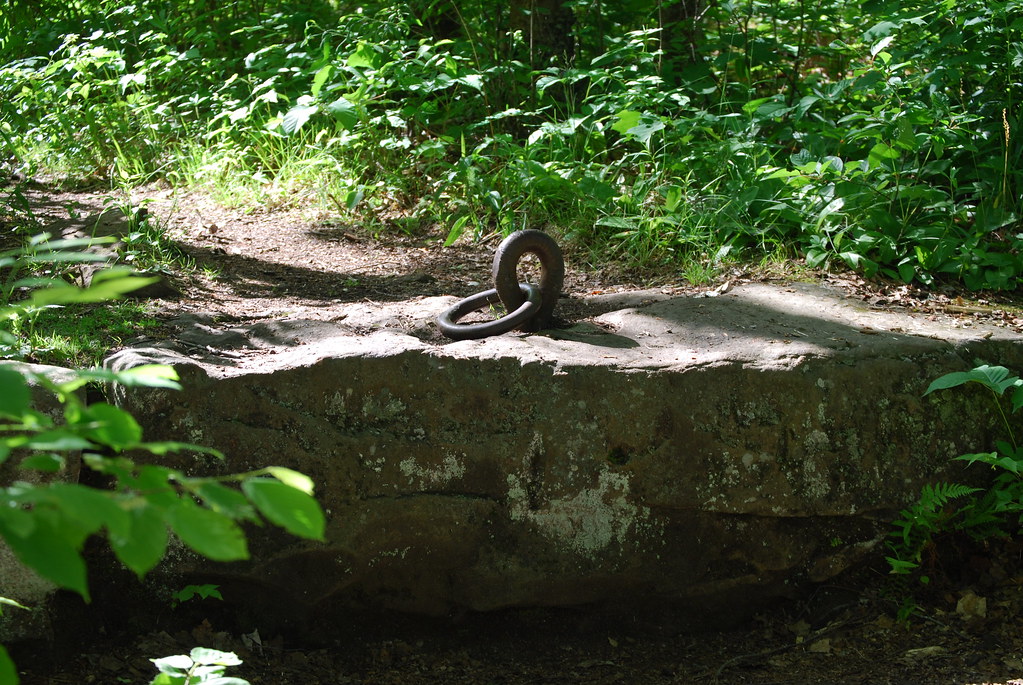August 29. The Eastern bluebirds have started their migration south. It's an annual event that I look forward to here in east central Minnesota. Bluebirds don't migrate in large flocks as some birds do. They seem to prefer traveling in groups of about 30. Their migration is spread out over several weeks, with groups arriving and leaving constantly. Amazingly this entire southbound movement seems to organize and pace itself like a parade. I have never been aware of hosting two groups at the same time.
One might ask how I know that I'm seeing migration and not just the same group hanging around. I have no scientific proof that the birds are migrating, just educated guesses and inferences. On numerous occasions I have noted the birds arriving from the north. They fly across the acre of prairie to the south of the house and alight in the staghorn sumac and pagoda dogwoods that border the line of trees at the end of the property. They flit back and forth and seem to be finding food in the shrubs. They appear to be energized, reminding me of a group of youngsters gathered together just before some exciting activity. Some pairs chase one another around aerial twists and turns. Some may visit the birdbath. Some land on the roof of the house and then dive down into the vegetable garden or the prairie grasses.
But in an hour or two the group is ready to move on. And this is where the second inference comes in. I have got in the car and followed them.They don't make great soaring flights. They just move on a short distance to the next stand of trees and shrubs. I've followed them as they travel directly south on 112th Street for about a mile. Then they have another little party. And when I've driven further down 112th Street I've encountered other bluebird coteries, all presumably following the same route.
Three years ago I put up a bluebird house and each summer I have had at least one brood of bluebirds. This year there were two broods, perhaps three. Since the youngsters hang around one soon loses track of who's who. It's such a pleasure to see the spiky speckled young ones stationed on our deck while the parents are out on their never-ending search for food. Eventually the young ones follow the parents on their foraging missions, but parents and juveniles always return to use the deck as a reconnaissance platform.
One fun-filled event is watching the parents coax a youngster to take that first flight. I have seen a young bird emerge to stand on top of the family home while the parent coaxes from a nearby bush. Perhaps it is hunger that finally adds courage to wings. Eventually the flight is made and after those first few yards there is no lack of confidence for the next short jaunts. The youngsters quickly disappear into the shrubbery, not to reemerge for a couple of days. Presumably during their absence they have been safe from predators and have become stronger and learned a few survival skills.
I have bluebirds all summer and I think it is because I have the bluebird house. Perhaps bluebirds like to stay near where they were hatched as long as the food supply is good. And that's where my appreciation comes in. I have a little happy moment every time I see a bluebird dive down into the peppers, tomatoes, beans, and cabbages in pursuit of some unfortunate insect. Sometimes there is a little chase on the ground, but the bluebird always wins and I say "Thanks! That's one less reason to resort to some toxic insecticide." I imagine that in the course of a typical summer day my bluebirds pick up a few hundred insects. And I imagine that is part of the reason I've never had a big insect problem in the garden.
I started out writing about the bluebirds' fall migration, and that includes a ritual that has to do with the house. I've seen it lots of times with each new group passing through. The house is like a magnet that draws in bluebird attention. Some land on top of it. Others flutter around it. Many will land on the front and stick their head inside. Some will actually enter for a minute or so. The excitement is so great that one bluebird will push another bluebird off the front of the box so as to get a peek inside. I have even seen two bluebirds trying to stick their heads in the entrance at the same time.
Why would bluebirds heading south be excited (yes, that's the operative word) about a nest box that won't be of any use until next spring? I can imagine that as they travel south they build a list of available sites for the next spring nesting season. That might seem like a stretch, but we know birds have all kinds of uncanny abilities, including the ability to return to the same nesting territory year after year. So why not a list of sites to check out in the spring? I just hope that when they come back I won't have to mediate any disputes between potential residents. In the past I've observed that they always have such squabbles, which can go on for a while, but the birds can settle the affair without any help from me.
-
